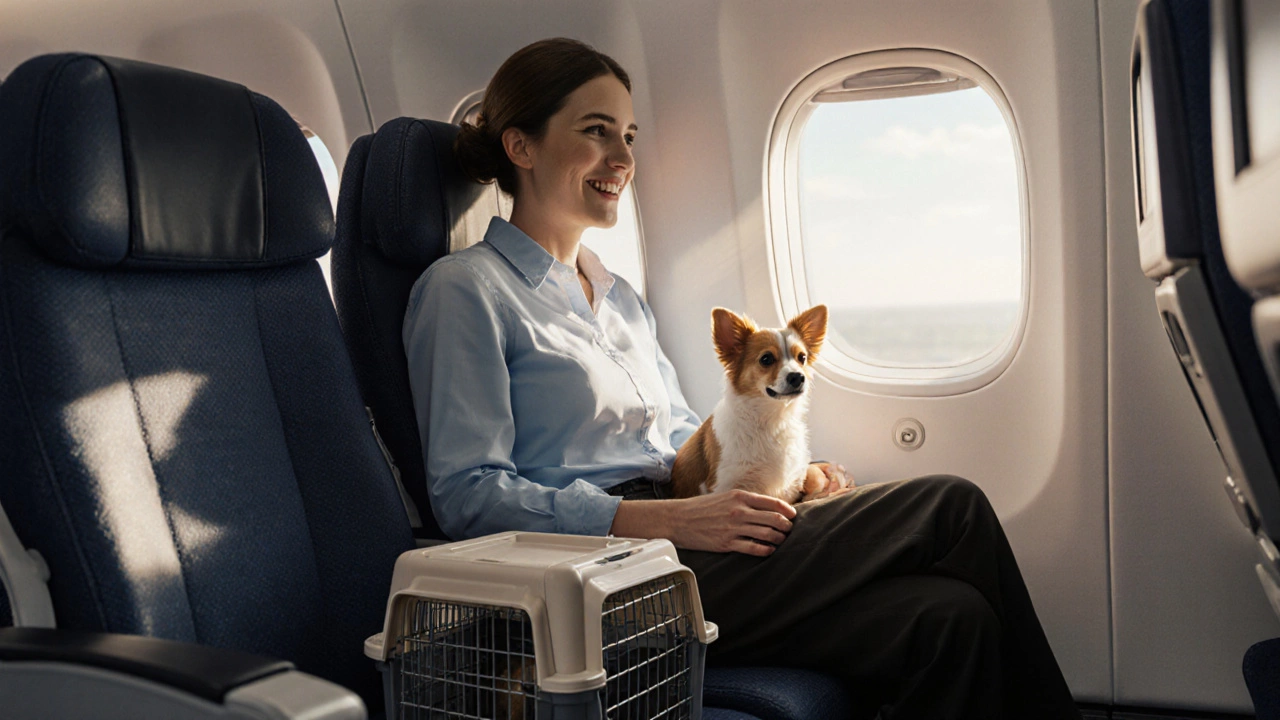Airline Pet Policy: What Every Dog Owner Needs to Know
When planning a flight, understanding airline pet policy, the set of rules airlines use to allow pets in cabin or cargo, also known as pet travel regulations is the first step to a smooth journey. This policy airline pet policy encompasses cargo flight safety, the health and handling standards for pets shipped in the cargo hold, which means airlines must meet specific temperature, ventilation, and handling criteria. It also requires knowledge of pet travel fees, the charges applied for cabin or cargo transport, including taxes and carrier fees. Some carriers even offer free pet travel, options that let you bring a pet without an extra charge when certain conditions are met, which can dramatically affect your budgeting. All these entities intersect: a clear airline pet policy influences cargo flight safety standards, while free pet travel options shape how fees are applied.
Key Factors to Check Before You Fly
First, decide whether your dog will travel in the cabin or the cargo hold. Cabin rules usually limit pets to small breeds that can fit under the seat, require an airline‑approved carrier, and often charge a flat fee per pet. Cargo travel opens the door for larger dogs but brings extra layers: you’ll need a sturdy, IATA‑certified crate, a recent health certificate, and sometimes a pre‑flight inspection by the airline’s pet specialist. Size and weight limits vary—some airlines allow up to 15 lb in cabin, while cargo limits can reach 100 lb plus crate weight. Next, verify the airline’s specific health documentation requirements. Most carriers ask for a vet‑signed health certificate issued within 10 days of departure, proof of up‑to‑date vaccinations, and, for international trips, an import permit. Don’t overlook seasonal restrictions; many airlines suspend cargo pet service during extreme heat or cold to protect animal welfare. Finally, compare fee structures. Some airlines bundle the pet fee with your ticket, others charge per segment, and a few waive fees for frequent flyers or specific routes. Understanding these cost drivers helps you weigh the true price of pet travel against the convenience of free pet travel options that some airlines provide.
Planning ahead saves you from last‑minute headaches at the airport. Start by visiting the airline’s pet travel page—download the carrier dimensions chart, note the cut‑off times for check‑in, and sign up for any pet‑travel newsletters that alert you to policy changes. Book your pet’s spot as early as possible; many airlines cap the number of animals per flight, and cabin space fills up fast. Prepare the crate with familiar bedding, a water dish that won’t spill, and a label that includes your contact info, the dog’s name, and a “Live Animal” sticker. On travel day, arrive early to complete paperwork, get your dog inspected, and give them a chance to stretch before the flight. Once you’re airborne, keep the carrier secure under the seat and reassure your dog with a calm voice. By following these steps, you turn a potentially stressful experience into a routine part of your adventure. Below you’ll find a curated set of articles that dive deeper into each of these topics—from handling newborn puppies on planes to decoding the fine print of free pet travel—so you can answer every question before you book your next flight.

Can Your Dog Sit on Your Lap During a Flight? A Pet Travel Guide
Find out if your dog can sit on your lap during a flight, the airlines that allow it, size limits, fees, and tips to keep both you and your pet comfortable.
View more